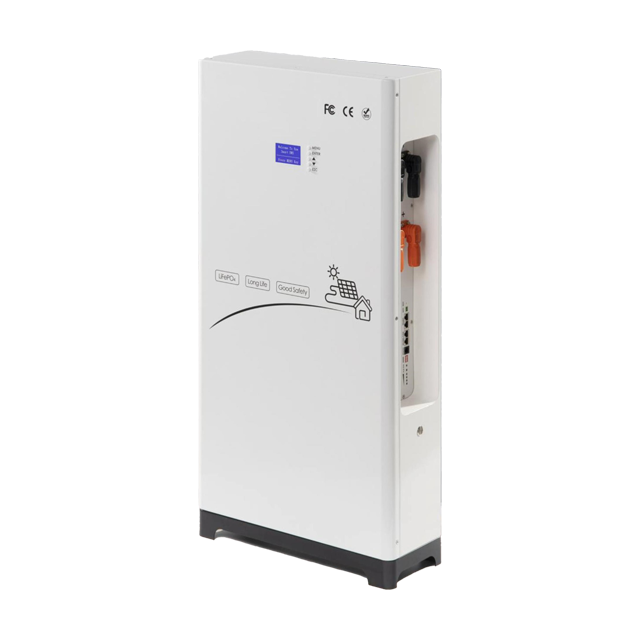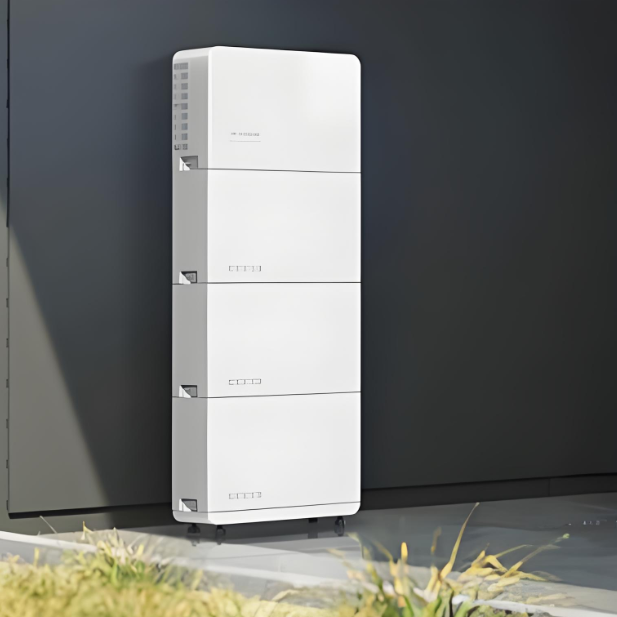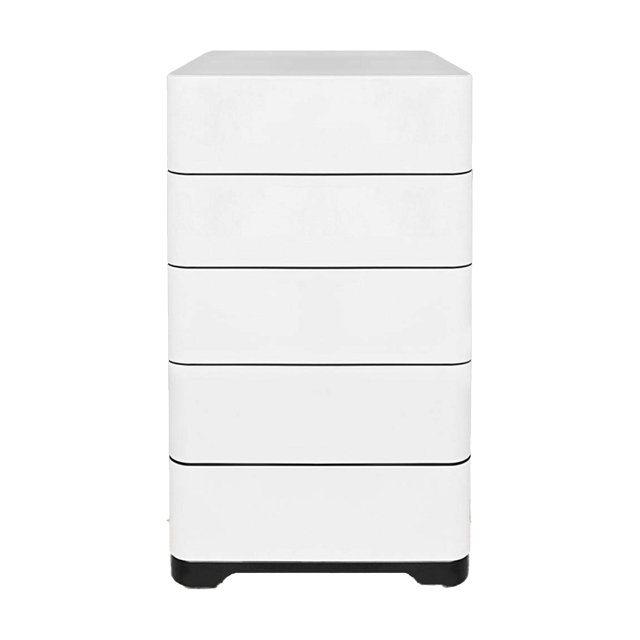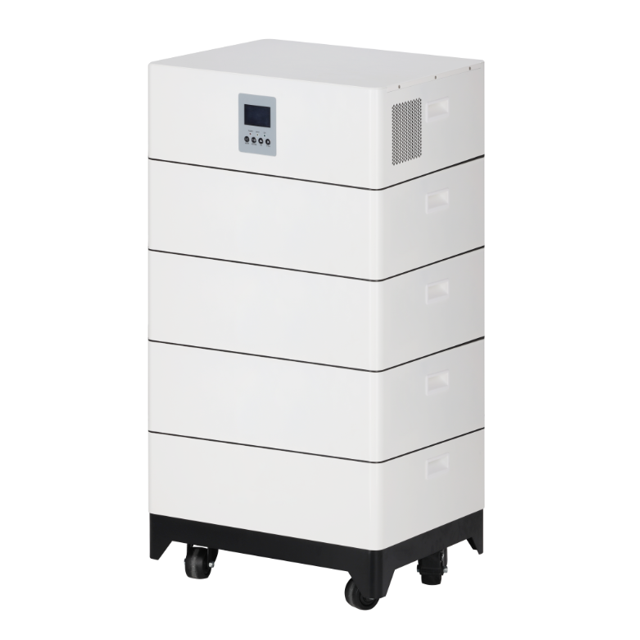Integrated solar energy storage power station solution
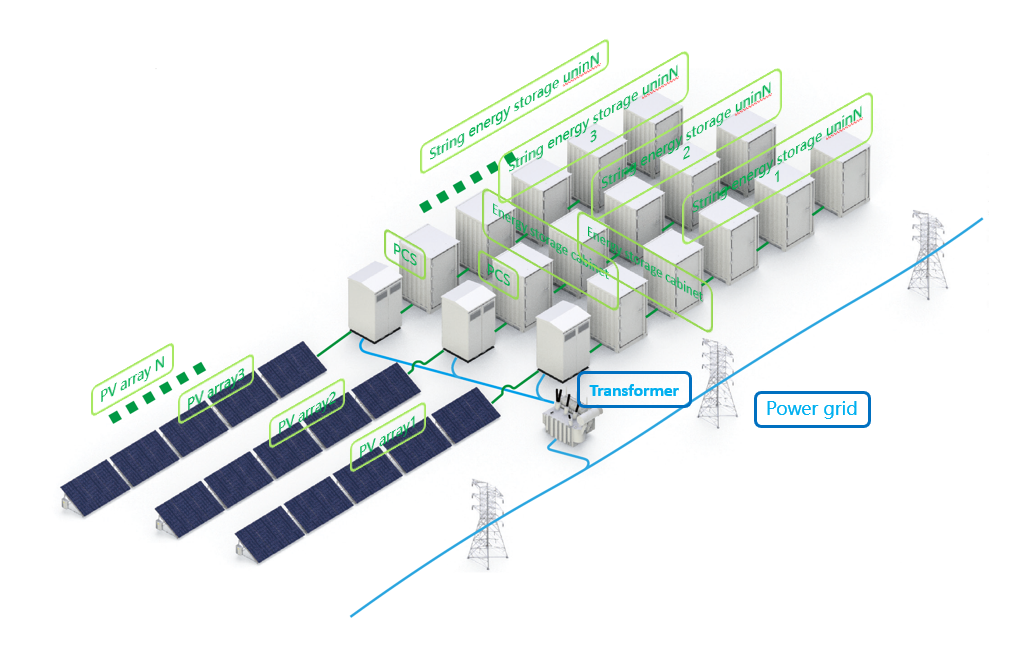
A photovoltaic energy storage integrated power station is a power station that combines photovoltaic power generation and energy storage systems. It mainly consists of three parts: photovoltaic panels, energy storage batteries, and inverters. Traditional photovoltaic power generation has significant fluctuations and is affected by various factors such as weather conditions. After supporting energy storage, photovoltaic power generation has a cached reservoir, which is more friendly to the power grid and can provide stable and reliable electricity.
Integrated photovoltaic energy storage means that energy storage can store excess electricity when there is excess photovoltaic power generation, and then release it when there is insufficient photovoltaic power generation, thereby improving the utilization and power generation of photovoltaics. Moreover, from an economic perspective, integrated solar energy storage projects can also utilize energy storage to participate in electricity market transactions, earn peak valley price differences, demand response subsidies, auxiliary service fees, and obtain additional benefits.
In terms of performance, energy storage can also play a regulatory role, smoothing out fluctuations in photovoltaic output power, reducing impact and interference on the power grid, and reducing the difficulty and cost of grid connection. In emergency situations, energy storage can also serve as an emergency backup power source, improving power supply reliability and safety.
